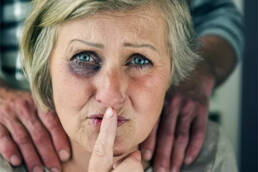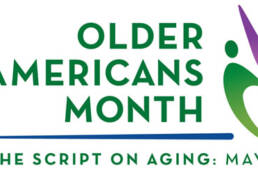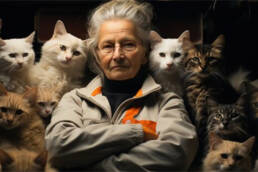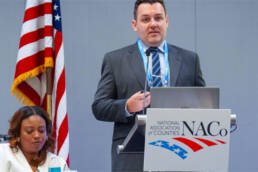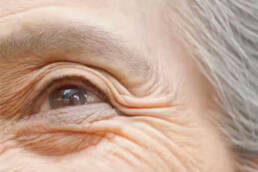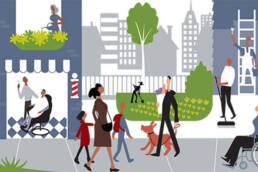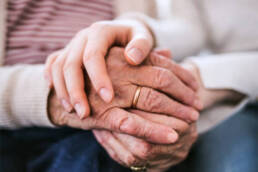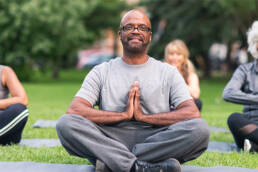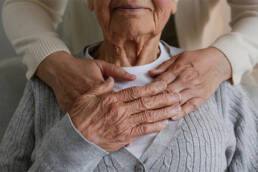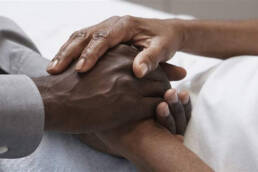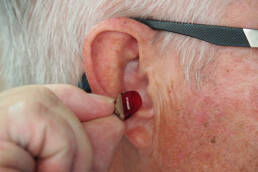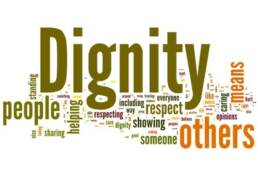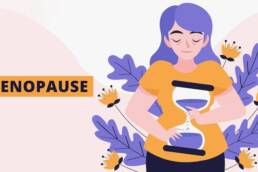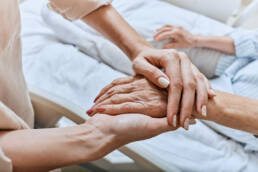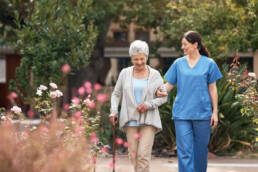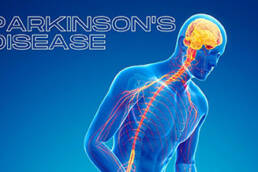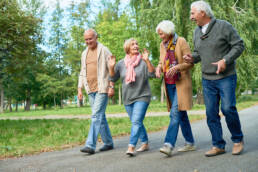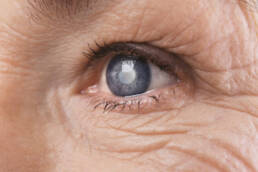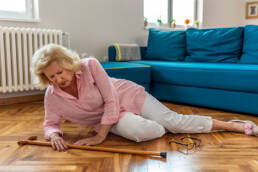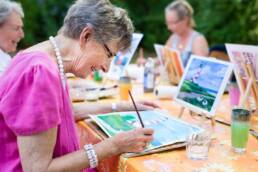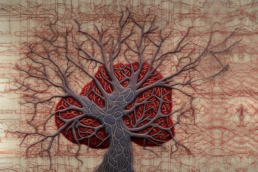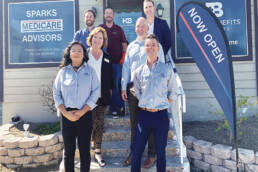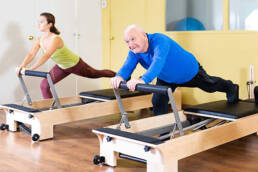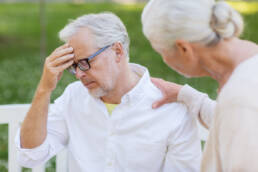Ageism abounds in all areas of life, including media messaging, personal encounters, and one’s own acceptance of negative notions about aging, such as feeling lonely, sad, or depressed which is an inevitable part of getting older. Most elder’s own perception and others perceived expression is that their health was poor, that they do not do anything important or valuable, that they are unattractive or undesirable, or that another person assumes that they are just having trouble. All indicate that aging is negative.
Ageism is defined as discrimination against older people because of negative and inaccurate stereotypes. It’s so ingrained in our culture that we often don’t even notice. Most organizations now have diversity, equity, and inclusion (DEI) departments to tackle issues such as racism and gender bias. Even in those departments, age bias is seldom on the radar. Ageism is this odd ‘-ism’ in that it’s still socially acceptable in many ways.
People of all ages show bias against older adults, though the way they express it changes over the life span. The attitudes that underlie age bias are often rooted in falsehoods. While it is true that the risk of some chronic diseases and dementia increases with age, most older adults maintain quite good health and cognitive functioning.
Take the stereotype that all types of cognitive abilities inevitably worsen with age. It’s true that some cognitive skills, such as reaction times, tend to slow a bit over time. But other functions remain robust and even improve. One study of older adults, for instance, showed they were better than middle-age adults at orienting their attention and ignoring distractions. Yes, there are diseases that impact physical and mental functioning but are not necessarily related to human aging.
As people age, we tend to become more agreeable and more conscientious. Elders also tend to be better at regulating our emotions. These are positive changes that can lead to overall greater social maturity. These changes often mean we get along better with others, and we may pay better attention to health or put ourselves in fewer risky situations, but illnesses and accidents do effect all of us. Elders also tend to report greater happiness and life satisfaction compared to younger people. In fact, happiness sinks in middle age but increases in later adulthood. Research suggests that, contrary to popular belief, mental health also improves across the life span. Clearly age discrimination needs to be dealt with.
Ageism has also been identified as both a cause and a symptom of elder abuse, as well as one of the main reasons for which societies have been slow to recognize, and in some cases deal with, the issue. The image of aging depicted in the media has generally been one of negative stereotyping, which seems to be more acceptable in the case of older persons than that of any other social group. What is worse is that such negative societal stereotypes can also cause older people in turn to view ourselves as invisible and unworthy – therefore contributing to self-neglect; a growing and largely hidden type of elder abuse.
The negative view that ageism produces in late life isn’t just false, it is dangerous. Our society believes that as we age we decline, which in turn burdens and hurts everyone: individuals, families, communities, and society. Some elders need support, but mostly are giving it. They make important contributions to the workforce, including paid work as well as volunteering and caregiving. Those contributions to society are a tremendous resource, not a burden.
Ageism in the workplace affects hiring, promotion decisions, and treatment. How many of the medical professions are trained to treat elders? In reality, practically none. In medical practice settings, negative stereotypes associated with aging influences treatment decisions and even education. People may incorrectly assume elders are too frail for more aggressive therapies. Age discrimination and stereotypes influences negative attitudes and limits practices. Many students and health professionals exhibit a preference against working with older patients, assume less favorable prognoses for older patients, and believe that all the illness is due to older age. This has to change.
In 1967, the Age Discrimination in Employment Act was passed. It protects applicants and employees who are 40 years of age or older from employment discrimination based on age. It was then amended in 1990, but there is nothing for general age discrimination except to for us to change our beliefs and attitudes. The most effective interventions to change our perceptions of aging is to combine education about aging and with efforts to increase intergenerational contact. It’s important for younger people to interact with elders who are active and engaged, and also to educate younger people about the positive aspects of the aging process. For example, an intergenerational intervention that pairs high school students and older adults for intergenerational wisdom sharing can produce improved attitudes of aging and life purpose for both young and old. My Center for Health Aging pairs the young with elders in the garden and has educational sessions and hands on growing that is intergenerational and conveys a positive image of aging to both generations. In addition to the young, we need to change the attitudes of the middle-age folks and their ageism beliefs of their own aging process. We need to educate them on the aging process in what we do physically, what we eat and drink, attitudes and beliefs, and how we manage stress.
Promoting a positive image of aging and of older persons through active engagement of the mass media, including recognition of the positive contributions made by older persons to their families, communities and society, should also accompany these efforts. At the same time, it is important for all of us to frankly confront our own aging biases and prejudices. We need to recognize and challenge those negative ageist beliefs within ourselves. This will contribute to a collective shift in societal attitudes. Clearly, as we strengthen our positive aging beliefs it leads to more positive self-perceptions of aging, which in turn leads to significantly improved physical and mental function, which “adds life to years”.
Lawrence J. Weiss, Ph.D. is CEO of the Center for Healthy Aging. Dr. Weiss welcomes your comments on this column. Write to him at larryjweiss@gmail.com or c/o Center for Healthy Aging, 11 Fillmore Way, Reno, NV 89519.


